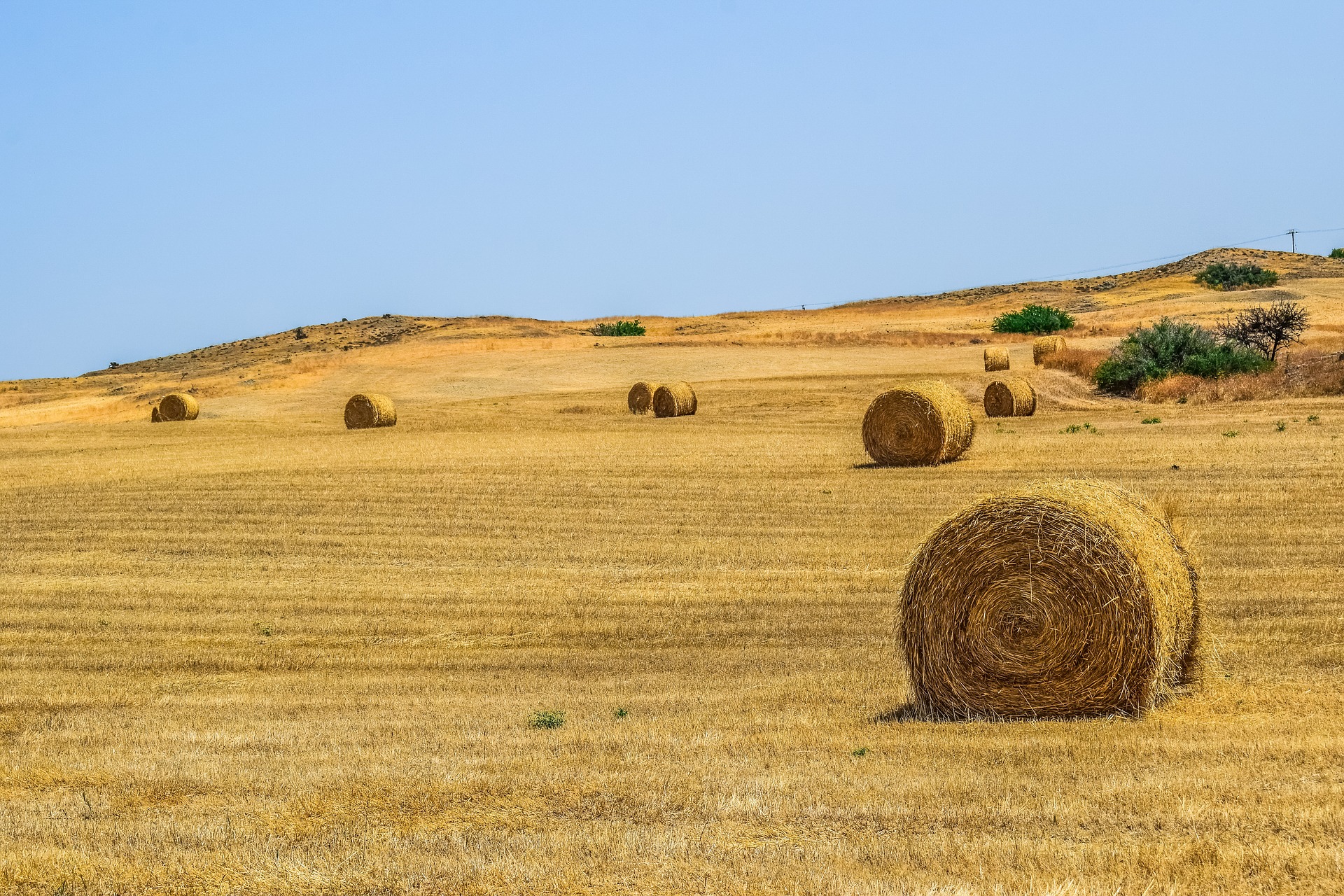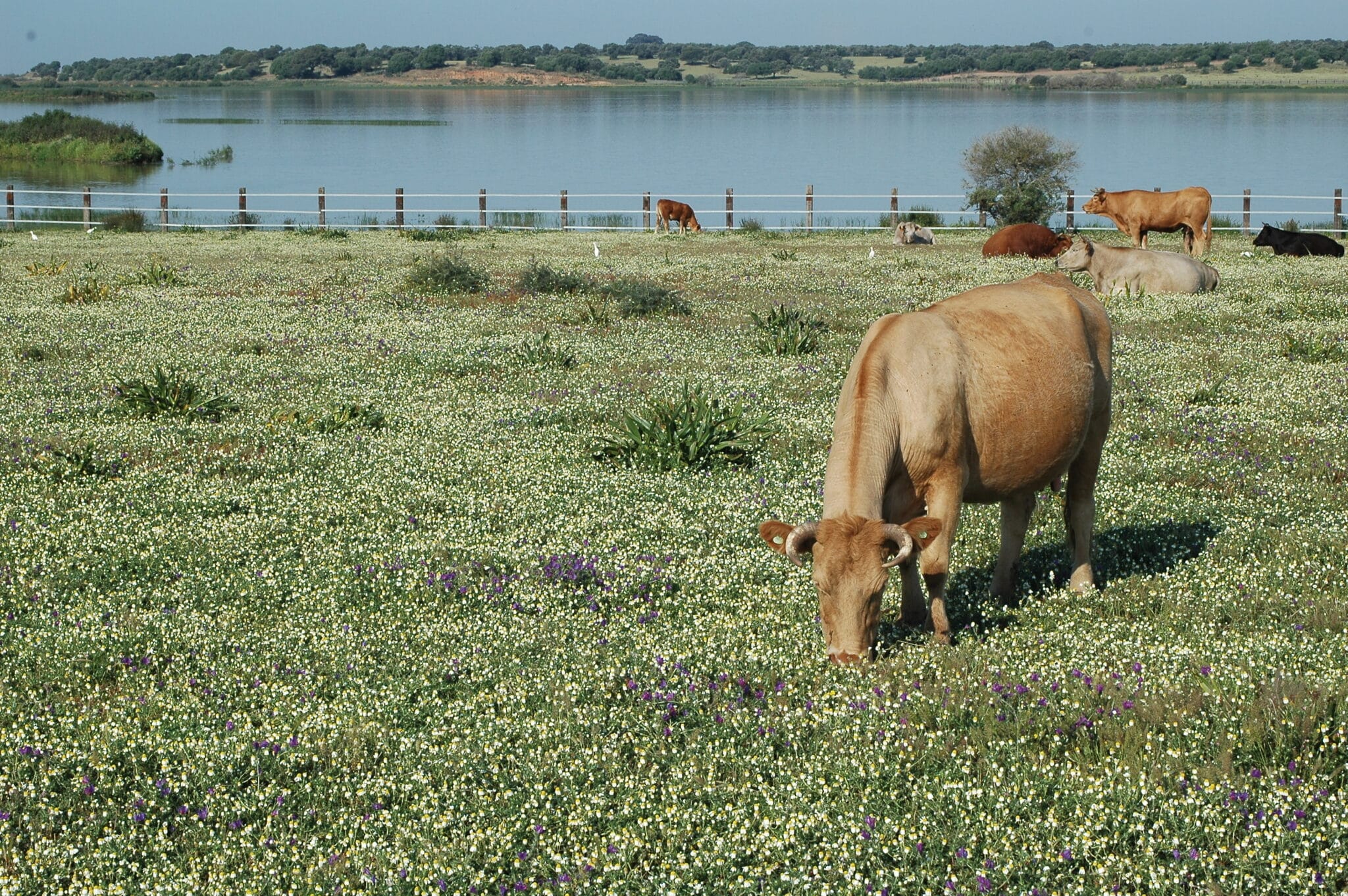Agriculture and nature: inevitably intertwined
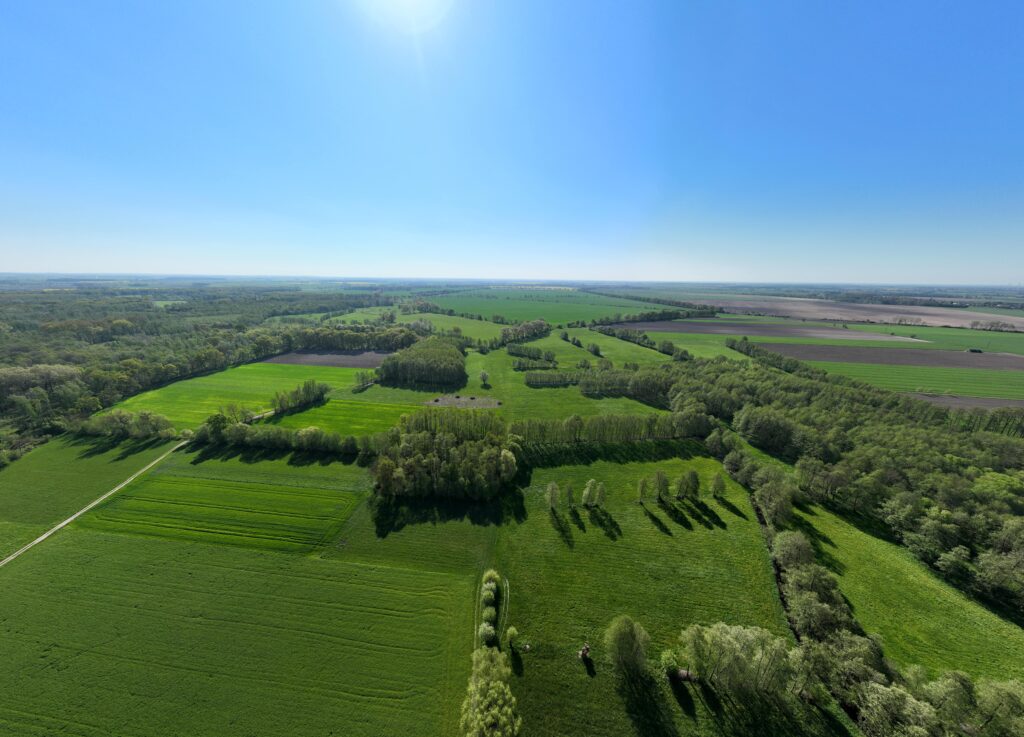
Patryk Kokociński was elected as 'Baltic Farmer of the Year' in 2021 for his efforts to protect the Baltic Sea from eutrophication. Eutrophication results in the overgrowth of algae and the depletion of oxygen from bodies of water, and is caused by the use of agricultural fertilizers, sewage, industrial waste products, the livestock industry, and aquaculture.
“Areas called non-productive by farmers are those areas that cannot be ploughed and are, so to say, purposefully neglected. They bring many benefits: mid-field woodlots, field margins, and flower strips along field roads make the agricultural landscape act like a sponge. These areas retain water and protect us from the consequences of the changing climate,” says Patryk Kokociński.
In an interview with Aleksandra Pępkowska-Król, Agriculture Coordinator at OTOP (BirdLife Poland), he explains why nature is his ally.
In April, we celebrated World Water Day. Water is one of the most important environmental resources for agriculture…
“This is not negotiable. No matter how wonderful the plant varieties or how sophisticated the plant protection products we use are, our efforts will be meaningless if there is no water. The residents of Wielkopolska and Lubuskie are painfully aware of this; for more than a decade, these provinces have been suffering continuously from drought. Without water there is no agriculture.”
“Without water there is no agriculture.”
He continues: “Unfortunately, there are still people who believe that just digging a well that’s deep enough will solve all our problems. In reality, this is not a real solution, and it runs the huge risk of backfiring. In our lifetime, water will become scarce because of inaction, and the continued depletion of our underground water resources. At that point, nothing will be able to save us. This year’s spring was rainy, but last year, the farmers of Wielkopolska had to irrigate fodder crops from March onwards. The problem is very serious.”
Do you think society is starting to care about water scarcity?
“I think so. The topic is discussed publicly, but also in private conversations between farmers. Usually, the first question that comes up during various types of farmers meetings is ‘did it rain at your place?’.”
“Of course, there are ideas to solve this problem, but as always, it is important to distinguish between the good and the bad ideas. I keep hearing about municipal projects to build water retention reservoirs. But the evaporation surface from reservoirs makes us lose more water than we gain. The Jeziorsko reservoir, for example, had detrimental consequences in the Warta valley. Water retention is most effective when water is captured as early as possible, that is in the place where it falls. This is where we can retain the most water without affecting the environment so much. The real solutions happen at a local level.
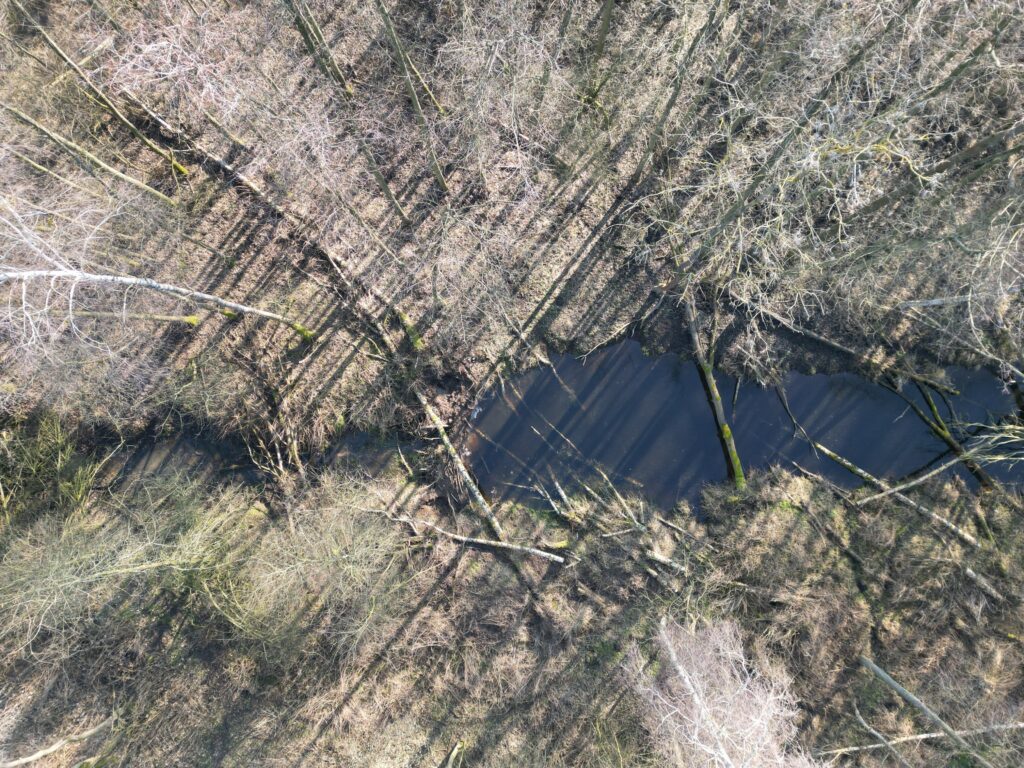
What water retention measures are you implementing on your own farm?
“To prevent the unrestricted runoff of water from agricultural fields through the drainage network, six years ago, we started building and rebuilding the existing weirs in the drainage network to be able to store water in ditches. We have no snow cover, and a lot of rainwater comes in early spring. Weirs ensure water is retained for a longer time. We currently have about 30 of them and we want the damming to be very precise. The total area of impact of the retention is about 1000 ha. Due to the topography of the terrain, this cannot be done with one weir at the end of the ditch. That’s why we have them every few hundred meters.”
Do you have evidence that these activities are working for you?
“In the first year, we were not sure whether our activities would bring the desired result. We only made water retention gates on parts of the ditches because we were afraid water would spill onto the neighbouring fields. We had the same crop of winter barley on two plots with similar soil conditions. One field had water retention weir, the other didn’t. The yield difference was about 20%. This was a clear signal to me that what we are doing makes sense, that there is money and security in it. On the scale of the entire farm, water retention makes a profit of several dozen thousand Zlotys.”
“This was a clear signal to me that what we are doing makes sense, that there is money and security in it.”
“Our activities are fully legal. Each farmer can install weirs in his ditches if he does not threaten his neighbours and has the appropriate permissions. We have the consent of the water company and the consent of the neighbours and everyone who lives in our small catchment area. Obtaining all these documents is not beyond the capabilities of the average person.”
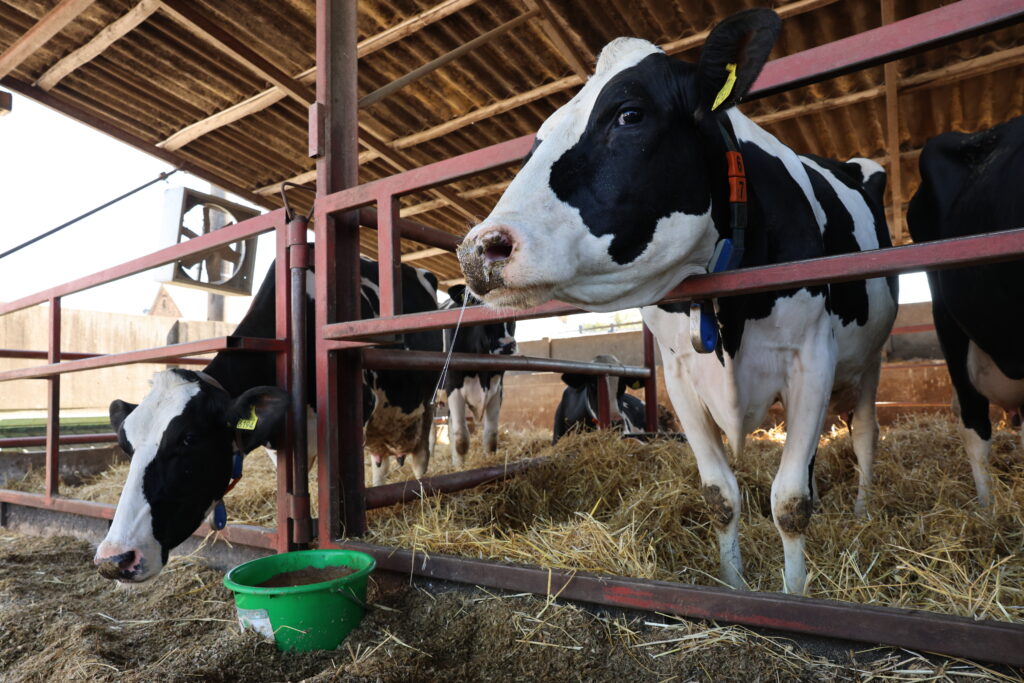
What needs to be done to encourage farmers to implement local water retention solutions?
“There is clearly a problem with the management of the drainage network in our area. As a farmer, I should not be the one having to deal with this; we have institutions established for this purpose. The law states that these water companies are responsible for managing water in a smart way. But can cleaning, deepening, and clearing ditches without paying attention to weirs be considered as such? I don’t think so, but companies say otherwise. For eight years, we have been asking to transfer part of the funds to retention measures. We even agreed to raise the farmer’s contributions to the water company. Yet every time, our voice is ignored. Fortunately, we have received verbal consent from the director of the water company to do what we consider necessary in our village, provided that we obtain the consent of the neighbours.”
“Because March and April were rainy, I often hear people say: ‘Patryk, but why are you using the valves to retain water. After all, it was raining.’ Too many people are unaware of the benefits it brings. Hopefully, this will change. Looking after the valves only requires a few hours and is not a demanding job. Thanks to the fact that we have valves, we earn tens of thousands of Zlotys a year.”
What about the benefits for nature? Do they also motivate you?
“Of course. First, I see what flies over the water, and then I see the crops. In the vicinity of our village, there is an area with old, dried alder forests and dry sedges. Together with our neighbours, we decided to return our surplus water to these alder forests and sedges. More frogs appeared and a pair of cranes made a nest there. The fact that such activities bring benefits for nature is obvious. Agriculture and nature can interact. Both can benefit from certain activities.”
“First, I see what flies over the water, and then I see the crops.”
In the framework of the “Buffering and reducing Baltic Sea nitrate pollution by implementing natural-based solution” project, OTOP has amongst others published three reports to increase the level of knowledge and competence of agriculture practitioners, theoreticians and decision-makers regarding possible nature-based solutions to reduce nitrate pollution caused by inappropriate agricultural management.
You can read the executive summaries here in English:
1. Protecting surface water from pollution from agricultural areas. Nature-based methods and possibilities for their implementation in Poland
2. Buffer zones in the Lower Wieprz Natura 2000 site
For more information, please get in touch with Aleksandra Pępkowska-Król, Agriculture Coordinator at OTOP ([email protected])

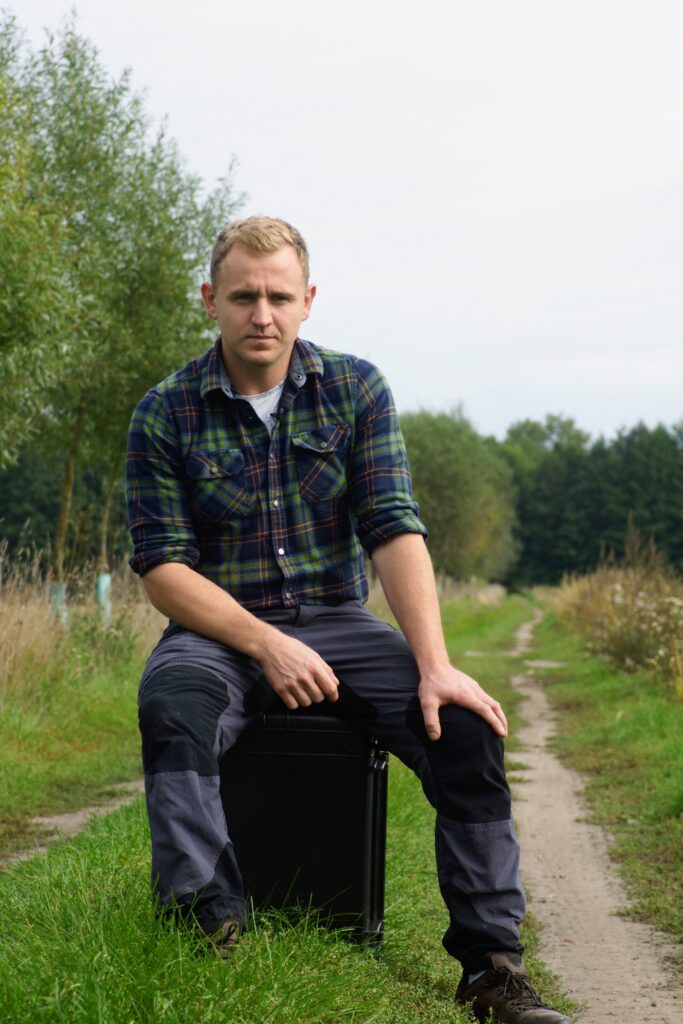
About Patryk
During middle-school Patryk developed a passion for birds thanks to his biology teacher and even participated in a national birdwatching competition.
After completing his master’s degree in biology, Patrick decided to return to the conventional farm of his parents who own 200 cows, instead of staying in the scientific world to pursue a doctorate. Together with his parents, they started implementing nature-friendly farming practices.
Based on an article by OTOP, BirdLife Poland
Cover picture: Robert Kalak, aerial view of Patryk’s farm
You might also be intersted in:
 | Stichting BirdLife Europe gratefully acknowledges financial support from the European Commission. All content and opinions expressed on these pages are solely those of Stichting BirdLife Europe. The European Commission is not responsible for any use that may be made of the information it contains. |
